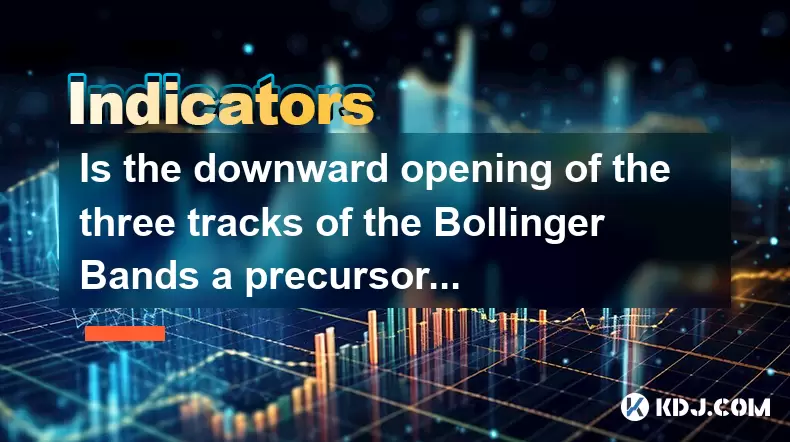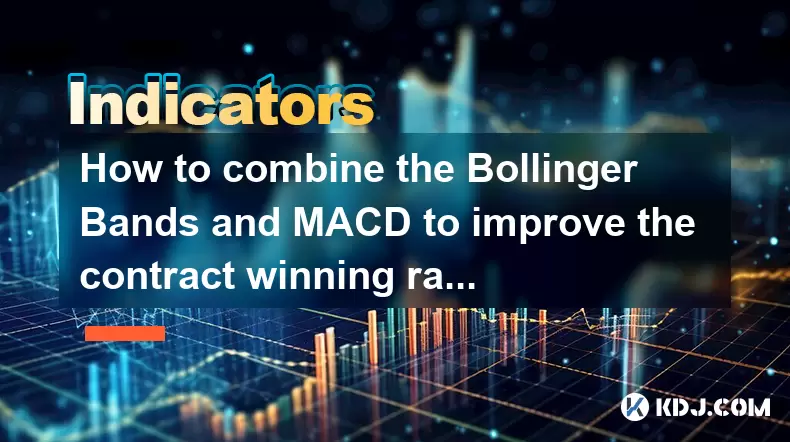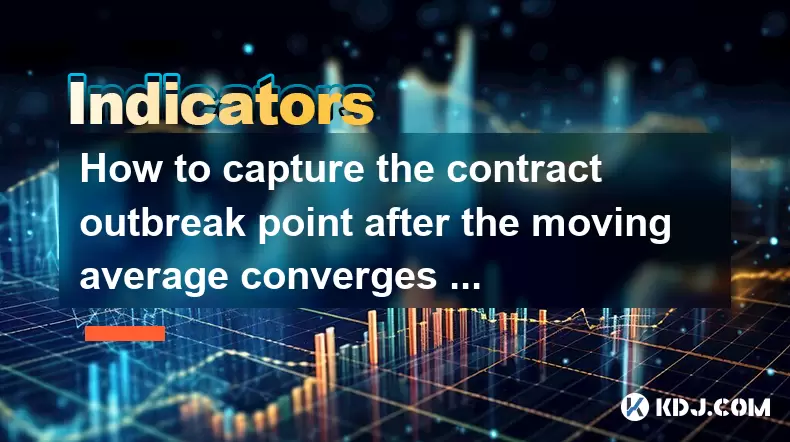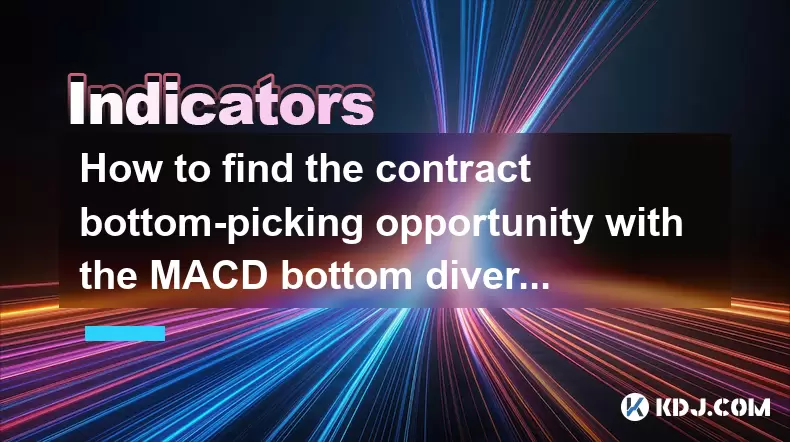-
 Bitcoin
Bitcoin $106,754.6083
1.33% -
 Ethereum
Ethereum $2,625.8249
3.80% -
 Tether USDt
Tether USDt $1.0001
-0.03% -
 XRP
XRP $2.1891
1.67% -
 BNB
BNB $654.5220
0.66% -
 Solana
Solana $156.9428
7.28% -
 USDC
USDC $0.9998
0.00% -
 Dogecoin
Dogecoin $0.1780
1.14% -
 TRON
TRON $0.2706
-0.16% -
 Cardano
Cardano $0.6470
2.77% -
 Hyperliquid
Hyperliquid $44.6467
10.24% -
 Sui
Sui $3.1128
3.86% -
 Bitcoin Cash
Bitcoin Cash $455.7646
3.00% -
 Chainlink
Chainlink $13.6858
4.08% -
 UNUS SED LEO
UNUS SED LEO $9.2682
0.21% -
 Avalanche
Avalanche $19.7433
3.79% -
 Stellar
Stellar $0.2616
1.64% -
 Toncoin
Toncoin $3.0222
2.19% -
 Shiba Inu
Shiba Inu $0.0...01220
1.49% -
 Hedera
Hedera $0.1580
2.75% -
 Litecoin
Litecoin $87.4964
2.29% -
 Polkadot
Polkadot $3.8958
3.05% -
 Ethena USDe
Ethena USDe $1.0000
-0.04% -
 Monero
Monero $317.2263
0.26% -
 Bitget Token
Bitget Token $4.5985
1.68% -
 Dai
Dai $0.9999
0.00% -
 Pepe
Pepe $0.0...01140
2.44% -
 Uniswap
Uniswap $7.6065
5.29% -
 Pi
Pi $0.6042
-2.00% -
 Aave
Aave $289.6343
6.02%
Is the downward opening of the three tracks of the Bollinger Bands a precursor to a sharp drop?
A downward opening of Bollinger Bands’ three tracks often signals strong bearish momentum in crypto markets, especially when confirmed by volume and other indicators.
Jun 19, 2025 at 05:56 am

Understanding the Bollinger Bands Structure
Bollinger Bands are a widely used technical analysis tool in cryptocurrency trading. They consist of three tracks: a simple moving average (SMA) in the middle, and two standard deviation bands above and below it. These bands dynamically adjust to price volatility. When the middle band is set at 20 periods, the upper and lower bands typically represent two standard deviations away from the SMA.
In crypto markets, characterized by high volatility and rapid price swings, the behavior of these three tracks becomes crucial for traders. The widening or narrowing of the bands reflects shifts in market sentiment and potential trend reversals. A downward opening of all three tracks — meaning the upper, middle, and lower bands begin to slope downward collectively — can signal bearish momentum gaining control.
Important Note: The downward movement of all three bands should not be interpreted in isolation but rather in conjunction with volume, candlestick patterns, and other indicators.
What Does a Downward Opening Indicate?
A downward opening of the three Bollinger Bands tracks typically indicates that the asset is entering a phase of sustained bearish pressure. This pattern often appears after a period of consolidation or a sharp rally. The bands themselves begin to angle downward as the moving average follows the falling prices.
This formation suggests that sellers are dominating the market, and the downtrend may continue unless there’s a strong reversal signal. In the context of cryptocurrencies like Bitcoin or Ethereum, such a pattern could appear during macroeconomic uncertainty, regulatory announcements, or negative news cycles.
- The upper band declining shows diminishing resistance levels.
- The middle band sloping down confirms the bearish trend.
- The lower band descending indicates continued selling pressure.
Each of these elements contributes to a broader picture of weakening buyer confidence and increasing distribution.
Historical Patterns in Cryptocurrency Markets
Looking back at historical data from major cryptocurrencies, there have been several instances where a downward opening of the Bollinger Bands’ three tracks preceded significant price drops. For example, during the 2022 bear market, both BTC and ETH exhibited this pattern before falling sharply over multi-week periods.
One notable case occurred in mid-2022 when Ethereum's Bollinger Bands showed a clear downward tilt across all three lines. This coincided with a breakdown below key support levels and was followed by a nearly 30% drop over the next month.
Similarly, Bitcoin's chart in early 2023 displayed the same configuration before a correction phase began. Traders who recognized this setup were able to exit long positions or initiate short trades ahead of the decline.
These examples reinforce the importance of monitoring the directional alignment of all three Bollinger Bands in volatile assets like cryptocurrencies.
How to Interpret Volume Alongside the Three Tracks
Volume plays a critical role in confirming whether a downward opening of the three tracks is likely to lead to a substantial price drop. High volume during the initial downward move increases the probability that the trend will continue. Conversely, low volume may indicate a false signal or temporary pullback.
When analyzing volume:
- Look for a spike in volume accompanying the first few candles that push the bands downward.
- Compare this volume to the average volume over the past 20 days.
- If the volume remains elevated or continues to increase, it supports the likelihood of further downside.
In crypto trading platforms like Binance or Coinbase, volume is usually displayed below the price chart and can be overlaid with Bollinger Bands for real-time correlation analysis.
Combining Other Indicators for Confirmation
Relying solely on the downward opening of the three Bollinger Bands tracks can be misleading without additional confirmation. Integrating other tools like RSI, MACD, and candlestick patterns can help filter out false signals.
For instance:
- RSI dipping below 50 and trending downward reinforces the bearish bias.
- A bearish MACD crossover, especially below the zero line, adds weight to the sell signal.
- Bearish candlestick formations such as engulfing patterns or dark cloud covers appearing near resistance levels can act as triggers.
By combining these elements with the Bollinger Band structure, traders can make more informed decisions about potential entry and exit points.
Practical Steps for Crypto Traders
If you observe a downward opening of the three Bollinger Bands tracks, here are actionable steps to consider:
- Identify the trend direction using higher timeframes like the 4-hour or daily chart.
- Check if key support levels have already been broken.
- Monitor volume spikes that confirm the strength of the move.
- Watch for candlestick reversals that might suggest a pause or reversal.
- Consider placing a stop-loss order just above the upper band if initiating a short trade.
- Use take-profit targets based on previous swing lows or Fibonacci retracement levels.
These steps provide a structured approach to managing risk and capitalizing on bearish setups in fast-moving crypto markets.
Frequently Asked Questions
Q1: Can the Bollinger Bands' three tracks open upward and still result in a price drop?
Yes. While a downward opening is often bearish, an upward opening doesn’t guarantee bullish outcomes. If price action fails to follow the bands upward, especially in overbought conditions, it may signal a reversal or consolidation phase.
Q2: How reliable is the three-track opening compared to other technical indicators?
It depends on market context. The Bollinger Bands' three-track behavior works best when combined with volume and momentum indicators. On its own, it can produce false signals, especially during sideways or choppy market conditions.
Q3: Is the three-track opening more effective in certain cryptocurrencies?
Generally, it applies to all liquid cryptocurrencies. However, it tends to be more reliable in large-cap coins like Bitcoin and Ethereum due to their higher trading volumes and clearer trends compared to smaller altcoins.
Q4: What should I do if the bands suddenly contract after a downward opening?
A contraction following a downward opening may indicate a loss of momentum. It’s important to reassess the trend using other tools like moving averages or trendlines. This could signal either a continuation or a potential reversal depending on how price reacts to nearby support or resistance.
Disclaimer:info@kdj.com
The information provided is not trading advice. kdj.com does not assume any responsibility for any investments made based on the information provided in this article. Cryptocurrencies are highly volatile and it is highly recommended that you invest with caution after thorough research!
If you believe that the content used on this website infringes your copyright, please contact us immediately (info@kdj.com) and we will delete it promptly.
- Check Your Change! That £2 Coin Could Be Worth £500!
- 2025-06-19 18:45:12
- Bitcoin, Solaris, and Mobile Mining: The Next Big Thing?
- 2025-06-19 18:45:12
- Mantle, Crypto, and Blockchain: UR Neobank Revolutionizes TradFi and DeFi
- 2025-06-19 20:05:12
- XRP Price, Ripple Transfer, and Market Panic: What's the Real Story?
- 2025-06-19 19:25:12
- Coin Master Free Spins & Links: Your Daily Dose of Spins (June 19, 2025)
- 2025-06-19 18:52:12
- RAY Price Rockets with Volume Surge: Is This the Start of a Stock Rally?
- 2025-06-19 19:05:12
Related knowledge

How to combine the Bollinger Bands and MACD to improve the contract winning rate?
Jun 19,2025 at 06:35pm
Understanding Bollinger Bands and MACD IndicatorsTo effectively combine Bollinger Bands and the MACD (Moving Average Convergence Divergence), it's essential to first understand what each indicator represents. Bollinger Bands consist of a middle moving average line and two outer bands that adjust based on market volatility. When prices move toward the up...

How does the long lower shadow of the K line indicate the formation of the bottom of the contract?
Jun 19,2025 at 05:00am
Understanding the Long Lower Shadow in K-Line AnalysisIn cryptocurrency trading, K-line analysis plays a pivotal role in determining market sentiment and potential price reversals. A long lower shadow, also known as a long wick, is one of the most telling candlestick patterns that traders look for when assessing whether a bottom might be forming in a co...

How to capture the contract outbreak point after the moving average converges and diverges?
Jun 19,2025 at 02:07pm
Understanding Moving Average Convergence and Divergence in Crypto TradingIn cryptocurrency trading, moving averages are among the most widely used technical indicators. The concept of convergence and divergence refers to how different moving averages align or separate over time. When short-term and long-term moving averages come together (converge), it ...

How to find the contract bottom-picking opportunity with the MACD bottom divergence?
Jun 19,2025 at 02:28pm
Understanding MACD Bottom Divergence in Cryptocurrency TradingMACD (Moving Average Convergence Divergence) is a widely used technical analysis tool that helps traders identify potential reversals in price trends. Bottom divergence, specifically, occurs when the price of an asset makes a new low, but the MACD indicator does not confirm this by making a c...

How to use the DEMARK indicator to predict the high and low points of the contract?
Jun 19,2025 at 04:21am
What Is the DEMARK Indicator?The DEMARK indicator is a technical analysis tool developed by Tom DeMark, aimed at identifying price exhaustion points in financial markets. It helps traders anticipate potential reversal zones, especially in volatile environments such as cryptocurrency contracts. The indicator works by detecting specific patterns and seque...

Why does the contract sometimes not fall after the moving average crosses?
Jun 18,2025 at 08:50pm
Understanding Moving Averages in Cryptocurrency TradingIn the realm of cryptocurrency trading, moving averages are among the most widely used technical indicators. They help traders identify potential trends by smoothing out price data over a specified period. The two primary types are the Simple Moving Average (SMA) and the Exponential Moving Average (...

How to combine the Bollinger Bands and MACD to improve the contract winning rate?
Jun 19,2025 at 06:35pm
Understanding Bollinger Bands and MACD IndicatorsTo effectively combine Bollinger Bands and the MACD (Moving Average Convergence Divergence), it's essential to first understand what each indicator represents. Bollinger Bands consist of a middle moving average line and two outer bands that adjust based on market volatility. When prices move toward the up...

How does the long lower shadow of the K line indicate the formation of the bottom of the contract?
Jun 19,2025 at 05:00am
Understanding the Long Lower Shadow in K-Line AnalysisIn cryptocurrency trading, K-line analysis plays a pivotal role in determining market sentiment and potential price reversals. A long lower shadow, also known as a long wick, is one of the most telling candlestick patterns that traders look for when assessing whether a bottom might be forming in a co...

How to capture the contract outbreak point after the moving average converges and diverges?
Jun 19,2025 at 02:07pm
Understanding Moving Average Convergence and Divergence in Crypto TradingIn cryptocurrency trading, moving averages are among the most widely used technical indicators. The concept of convergence and divergence refers to how different moving averages align or separate over time. When short-term and long-term moving averages come together (converge), it ...

How to find the contract bottom-picking opportunity with the MACD bottom divergence?
Jun 19,2025 at 02:28pm
Understanding MACD Bottom Divergence in Cryptocurrency TradingMACD (Moving Average Convergence Divergence) is a widely used technical analysis tool that helps traders identify potential reversals in price trends. Bottom divergence, specifically, occurs when the price of an asset makes a new low, but the MACD indicator does not confirm this by making a c...

How to use the DEMARK indicator to predict the high and low points of the contract?
Jun 19,2025 at 04:21am
What Is the DEMARK Indicator?The DEMARK indicator is a technical analysis tool developed by Tom DeMark, aimed at identifying price exhaustion points in financial markets. It helps traders anticipate potential reversal zones, especially in volatile environments such as cryptocurrency contracts. The indicator works by detecting specific patterns and seque...

Why does the contract sometimes not fall after the moving average crosses?
Jun 18,2025 at 08:50pm
Understanding Moving Averages in Cryptocurrency TradingIn the realm of cryptocurrency trading, moving averages are among the most widely used technical indicators. They help traders identify potential trends by smoothing out price data over a specified period. The two primary types are the Simple Moving Average (SMA) and the Exponential Moving Average (...
See all articles

























































































